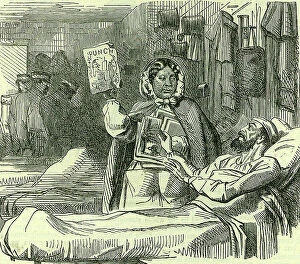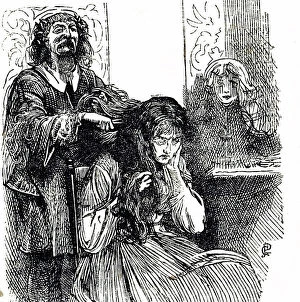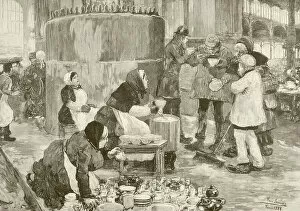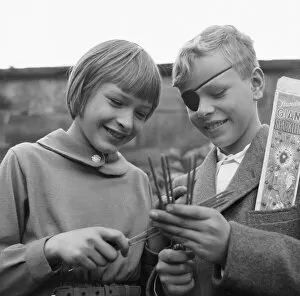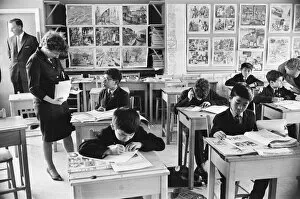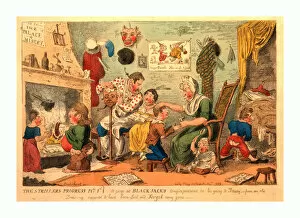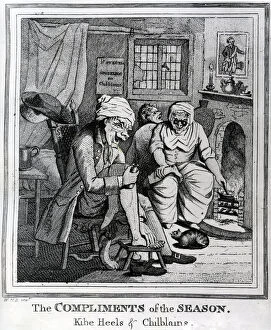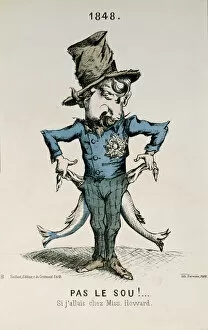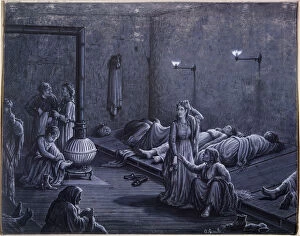Poverty Stricken Collection
In the 1800s, a soup kitchen in Paris served as a lifeline for the poverty-stricken
All Professionally Made to Order for Quick Shipping
In the 1800s, a soup kitchen in Paris served as a lifeline for the poverty-stricken. The litho image captures the desperation and resilience of those seeking nourishment amidst destitution. Meanwhile, "Needle Money" from Punch Magazine sheds light on the dire circumstances faced by impoverished individuals who resorted to selling their skills with needles just to survive. Fast forward to Pestalozzi Village for Children in Sedlescombe, where Bonfire Night brought moments of joy and warmth to children living through hardship. Despite their poverty-stricken backgrounds, these resilient youngsters found solace and happiness in each other's company during this festive occasion. The village also provided education opportunities for underprivileged schoolchildren, offering them language classes that opened doors to a brighter future. In August 1959, Pestalozzi Village continued its mission of empowering disadvantaged youth by welcoming Santa Claus via helicopter – an extraordinary event that brought smiles and hope into their lives. However, not all families were fortunate enough to find refuge at places like Pestalozzi Village. A poor poverty-stricken family depicted in one image reflects the harsh reality faced by many across different communities. Similarly, Wentworth Street Whitechapel serves as a haunting reminder of urban areas plagued by poverty. Despite these challenges, Bonfire Night remained an annual highlight at Pestalozzi Village – a testament to the resilience and strength fostered within its community. These cherished moments allowed children from diverse backgrounds to forget about their troubles momentarily while embracing laughter and camaraderie around crackling flames. Through these images capturing both struggle and resilience, we are reminded of society's duty towards eradicating poverty worldwide. Only then can every individual have equal access to education opportunities like those offered at Pestalozzi Village – ensuring no child is left behind due to circumstances beyond their control.

